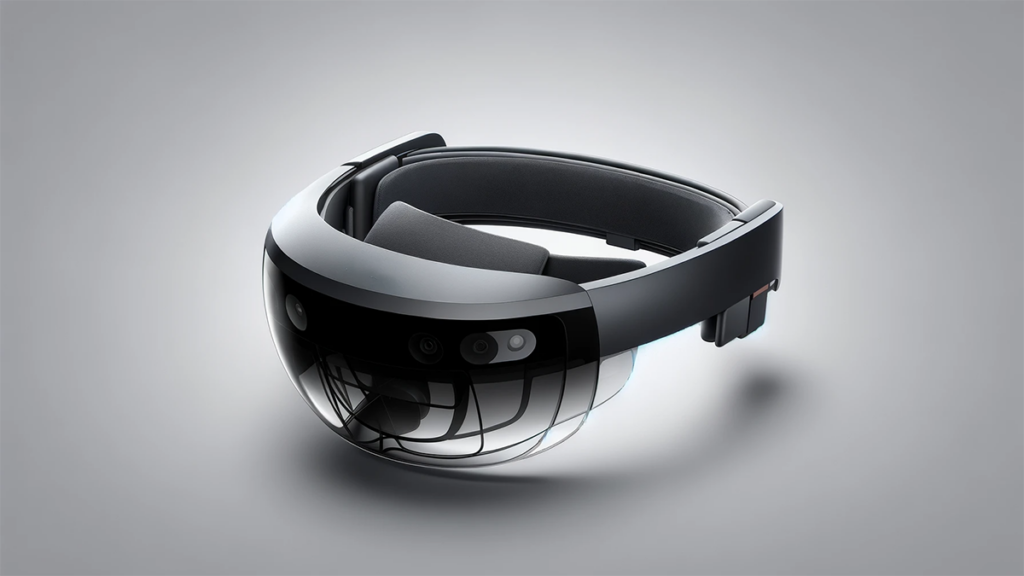While the first-, and now discontinued, generation of HoloLens marked the beginning of a new era, its successor, HoloLens 2, continues to showcase Microsoft’s view of changing how we interact with technology.
HoloLens 2 was developed with an ambitious goal: to blend the digital with the physical. Building on the foundation laid by its predecessor, HoloLens 2 was designed to address the limitations of the first generation and push the boundaries of mixed reality (MR) further. It aimed to provide a more immersive, comfortable, and interactive experience, ensuring that the technology is more accessible and applicable to a wider range of industries.
Technological innovations of HoloLens 2
HoloLens 2 features several enhancements over its predecessor:
- Enhanced spatial mapping: utilising cutting-edge sensors, HoloLens 2 maps the environment with greater precision, allowing for more realistic and dynamic interactions between digital content and the physical world.
- Advanced holographic processing unit (HPU): the HPU in HoloLens 2 processes an immense amount of data from its sensors, enabling sophisticated real-time analytics, crucial for applications in fields like manufacturing, healthcare, and education.
- Refined gesture and voice control: with improved algorithms, HoloLens 2 offers more intuitive and responsive gesture recognition and voice command functionalities, making the interaction smoother and more natural.
- Upgraded waveguide optics: these optics are central to the HoloLens 2 experience, projecting high-resolution holograms directly into the user’s field of vision. This technology is pivotal in creating immersive MR environments.
HoloLens 2’s diverse applications and IoT integration
HoloLens 2 is changing various sectors with its advanced capabilities; in manufacturing, it enables engineers to interact with 3D models for maintenance insights; in healthcare, surgeons utilise it for visualising anatomical structures during surgical planning; and in educational settings, it enriches learning through interactive 3D content.
Beyond these applications, its integration with IoT devices is transforming remote collaboration, especially in industrial environments. Technicians equipped with HoloLens 2 can access real-time IoT sensor data, facilitating remote machinery monitoring and control, thereby enhancing efficiency and ensuring safety in potentially hazardous conditions.
The ongoing development and support of HoloLens 2 indicate Microsoft’s belief in the long-term potential of AR technology. As the market for AR continues to expand, with applications becoming more diverse and sophisticated, HoloLens 2 is poised to play a pivotal role in shaping the future landscape of AR. The device’s continuous enhancements suggest an evolving strategy focused on making AR more accessible and effective for a broader range of users.
